At the top level, all these different options amount to millions of dollars of research and development. And yet even a breakthrough discovery will yield just a few seconds of advantage around the race course.
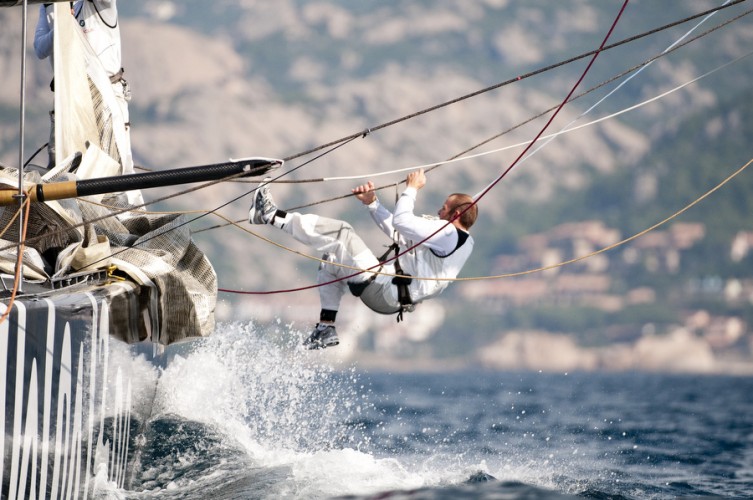
© Paul Todd/ Outside Images/ LV Trophy: Bowman doing his thing for BMW Oracle
But what about the human element? Do sailing teams invest as much time and effort in perfecting the human technology on board the boat? In physical terms, they probably do. Some of the grinders on board America's Cup boats rank as some of the strongest, most powerful people anywhere in the world. But in mental terms, sailing still appears to have some way to go.
Team politics are rife in any team sport. It's almost unavoidable, indeed it's probably necessary. But if the politics gets out of hand, the team ceases to function. The most extreme example from the last Cup in 2007 was BMW Oracle Racing, with an estimated $200m spent on the campaign, but which imploded after a breakdown of trust between skipper Chris Dickson and the crew.
When you talk to members of other teams from Valencia 2007, they will tell you (off the record) that their boat was fast but that it was human issues that let them down, not a shortcoming in the technology.
This same blend of technology and team work is what determines success or failure on other big grand prix circuits, such as the TP52 Audi MedCup Circuit, which has become the pre-eminent inshore racing scene in the prolonged absence of the 33rd America's Cup. The difference here, though, is that every year the boats are becoming more and more similar, with boatspeed differences less and less marked. This forces a crew to focus more on other areas of the campaign, even on those ‘unmeasurables' such as how the team interracts when racing.
Terry Hutchinson is very focused on getting the on-board communication right when they're racing - and even when they're not. While from the outside the most obvious difference between Quantum Racing - which won the Audi MedCup Circuit and the World Championships last year - and the rest of the fleet is that they used Quantum sails and everyone else used North. But he believes the human factor was an equally important part of their success, perhaps more so.
Robert Hopkins only joined the Quantum crew at the end of the season for the World Championships when he took Ian Moore's place as navigator. He was struck by how disciplined the use of language was on board the boat. "Everyone is very focused about what the words are and what they mean and who says them and when." It's all part of a process of trying to calibrate the use of language and communication as much as they would calibrate technical aspects of the boat such as sheeting angles, runner loads, and so forth.
OUR LOOK INTO TEAM DYNAMICS CONTINUES HERE...
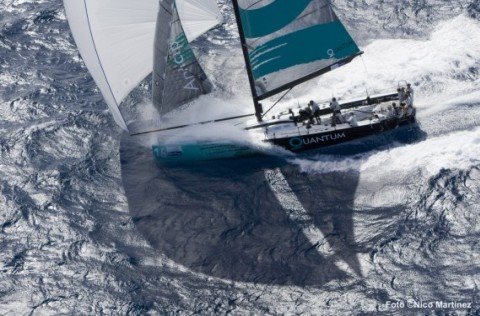

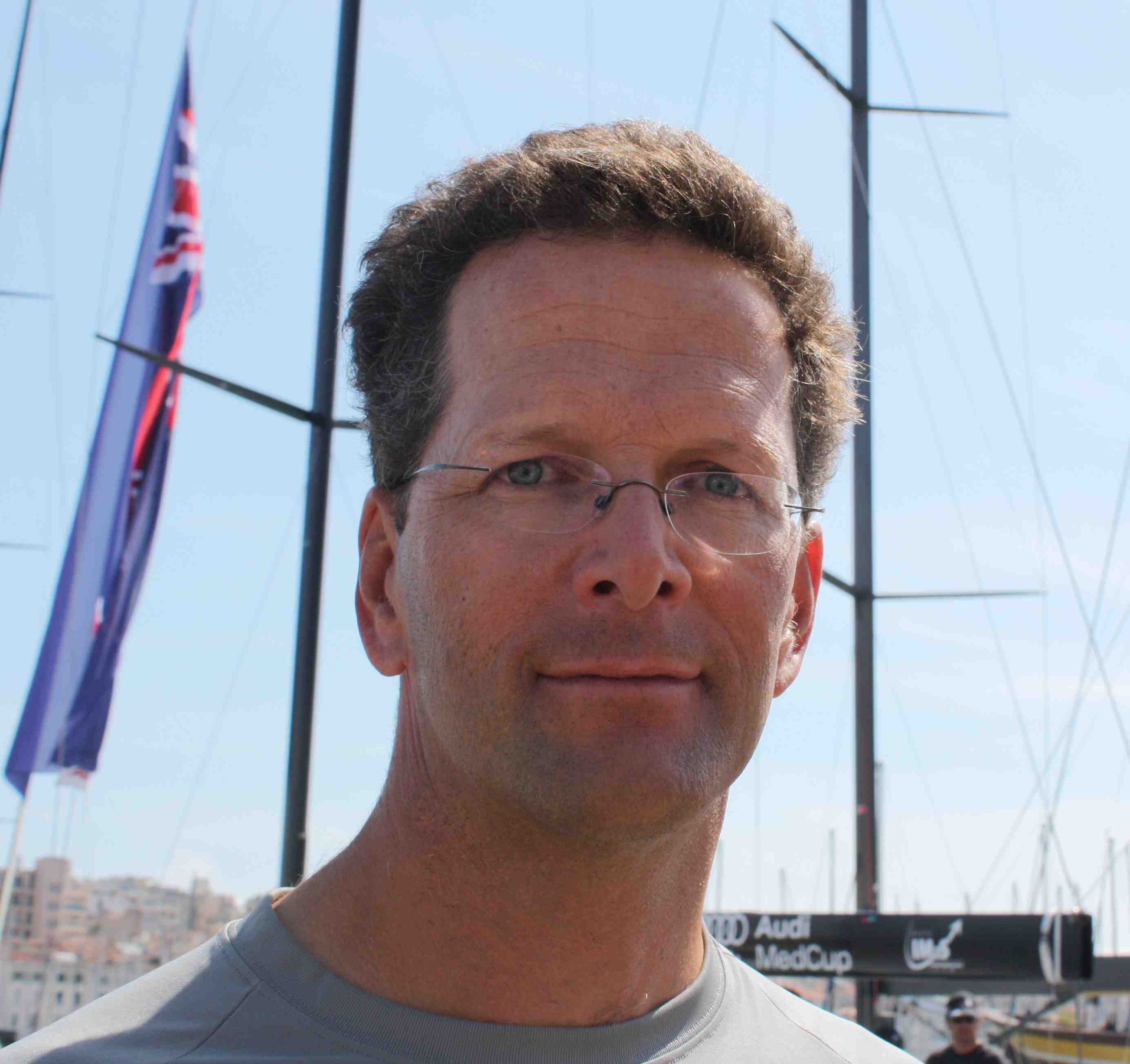
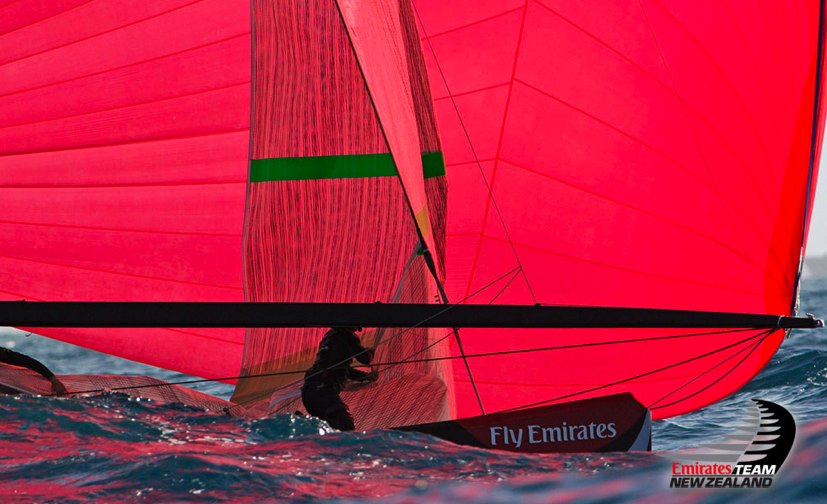 Emirates Team New Zealand is competing on the Audi MedCup Circuit as a test bed for everything they do as and when there is an America's Cup for the Kiwis to get their teeth into. Team coach Rod Davis says one of the key areas that they are focusing on is how the sailing and design teams work together. "My job is to try to promote the learning process between the sailing and design teams, to build up the communication between the different parts of the team," he says. "It's a good dress rehearsal for the same process that we'll have to go through when we start building up to the next America's Cup."
Emirates Team New Zealand is competing on the Audi MedCup Circuit as a test bed for everything they do as and when there is an America's Cup for the Kiwis to get their teeth into. Team coach Rod Davis says one of the key areas that they are focusing on is how the sailing and design teams work together. "My job is to try to promote the learning process between the sailing and design teams, to build up the communication between the different parts of the team," he says. "It's a good dress rehearsal for the same process that we'll have to go through when we start building up to the next America's Cup."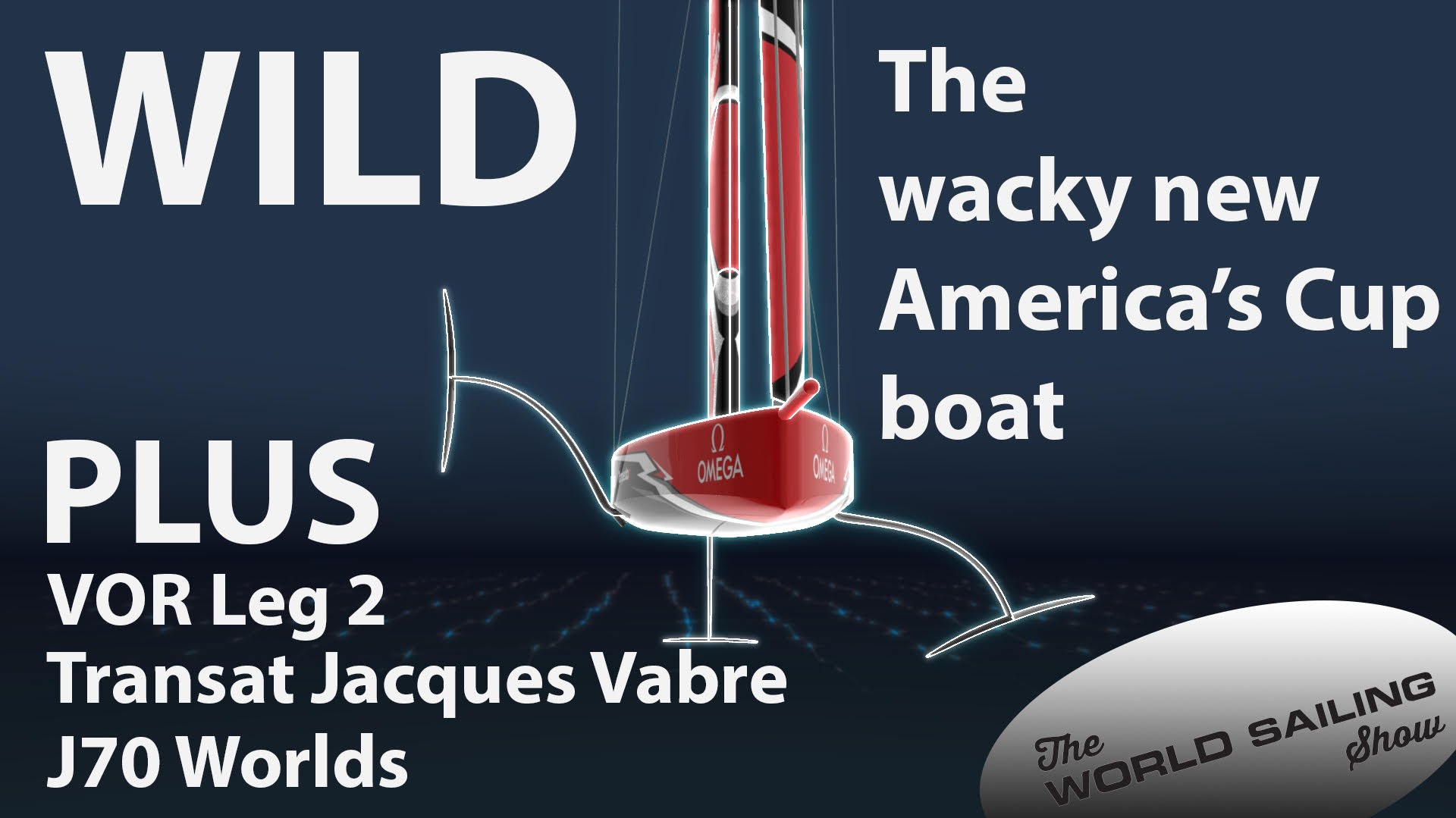 The
The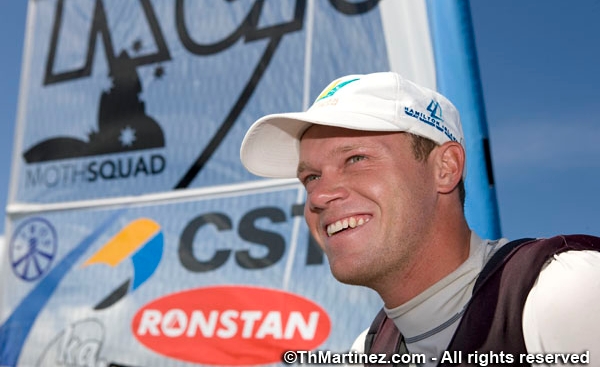 In Part 2 of our exclusive interview with Nathan Outteridge, the Artemis Racing skipper reveals where he things the big gains are likely to be made in the 2017 America's Cup.... "I think the big design battles are going to be in foil design, picking the area required for the foils based on when you want to take off and when you want top speed...." More from Nathan inside...
In Part 2 of our exclusive interview with Nathan Outteridge, the Artemis Racing skipper reveals where he things the big gains are likely to be made in the 2017 America's Cup.... "I think the big design battles are going to be in foil design, picking the area required for the foils based on when you want to take off and when you want top speed...." More from Nathan inside...